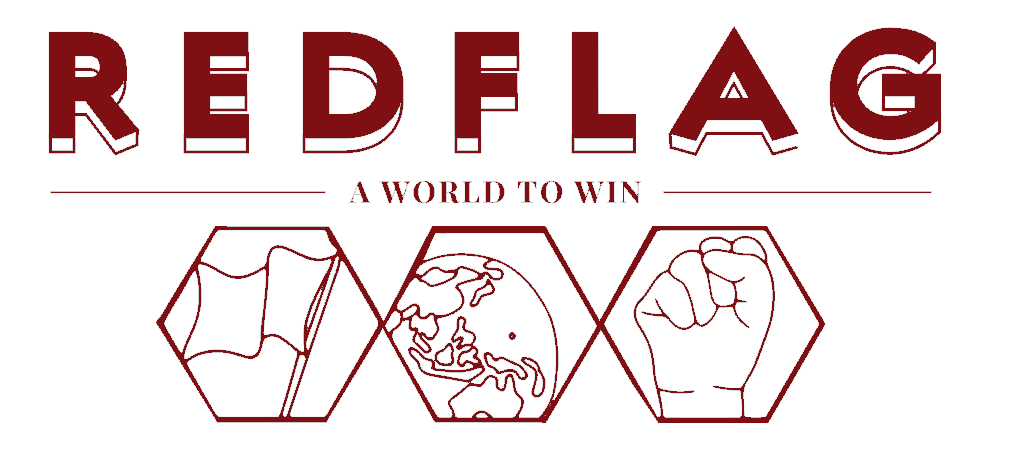The Australian imprisonment rate has risen by more than 20 percent in the last decade, a new report has found.
The Productivity Commission’s annual report on government services found that in June 2015, 34,982 people were incarcerated. In the year 2005-06, the imprisonment rate was 157.9 people per 100,000 of the population. By 2015-2016, that rate had jumped to 190.3 per 100,000. The report described this as “substantial growth”.
Alarmingly, between June 2014 and June 2015, there was a 7 percent increase in the permanent prison population. Most states have raised prison populations dramatically, with record highs recorded in all states and territories except Tasmania.
Government spending on prisons and community corrections stood at $3.7 billion in June 2015 – an increase of 7.6 percent over the previous year, in real terms. According to the Productivity Commission’s figures, this is more than government spends on public housing. Across Australia, more than 250,000 people are on public housing waiting lists.
The expansion of the prison system comes at the same time that the government is seeking to cut vital social services. In December, the federal government set out to cut $650 million from health care funding by reducing or removing access to bulk billing for pathology tests, diagnostic imaging and MRI scans.
The Productivity Commission’s report comes on the back of a 2015 report detailing the degrading conditions in New South Wales jails. Full House: The growth of the inmate population in NSW, prepared by the inspector of custodial services, found that in some jails, three people live in cells designed for one and that rates of self-harm and death among prisoners are “greater now than at any time in recent years”.
Currently 21 of 44 correctional centres in NSW are overcrowded. The inspector of custodial services wrote in the introduction to the report, “[T]he state treats inmates in a way that denies them a modicum of dignity and humanity”.



